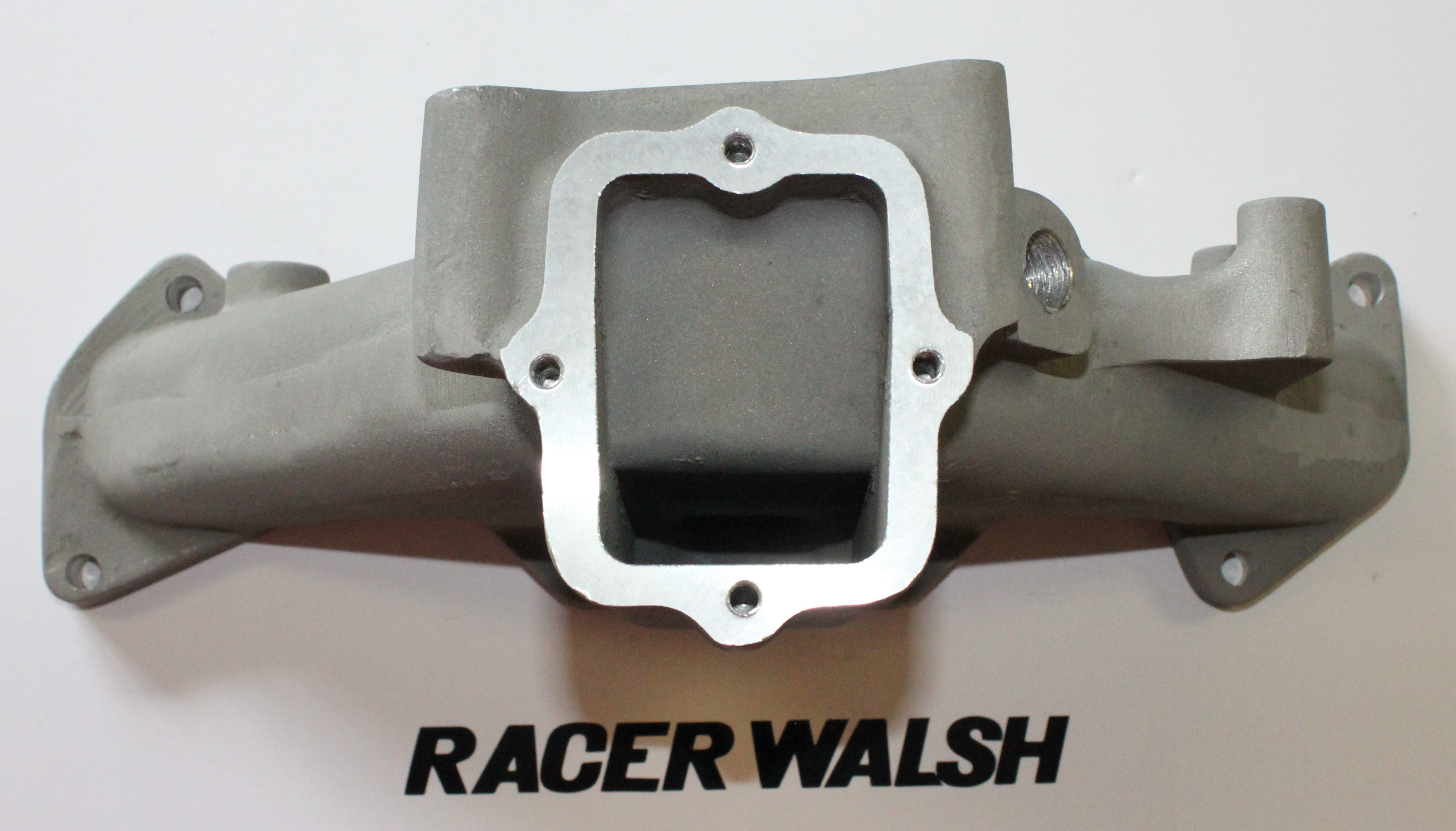
- #Racerender intake manifold pressure object how to
- #Racerender intake manifold pressure object update
- #Racerender intake manifold pressure object code
- #Racerender intake manifold pressure object download
The Cycles render engine in Blender has a very convenient OSL Shader development and usage workflow. The base excess is defined as the amount of H+ ions that would be required to return the pH of the blood to 7.35 if the pCO2 were adjusted to normal. Chronic renal failure in sickle cell disease: risk factors, clinical course, and mortality.
#Racerender intake manifold pressure object code
Write your shader code in Blender‘s Text Editor.Make sure your Blender scene is set to use the Cycles render engine, in CPU rendering mode, and also check the option Open Shading Language: Shaders can be both loaded from external files or written and compiled directly inside Blender. Powars DR, Elliott-Mills DD, Chan L, Niland J, Hiti AL, Opas LM, et al. In your object’s material shader graph (Shader Editor view).Set the Script node‘s mode to Internal,Īnd select your shader’s text from the Script node‘s source drop-down.In cylinder pressure get increased at ivc causing maximum possible volumetric efficiency. If the shader compiles successfully, the Script node will display its input and output parameters, and you can connect it’s output to an appropriate input in your shading graph. Tuning of the intake manifold in this way increases the local density of the air at the inlet.* If your shader is a material (color closure) connect it directly to the Material Output node’s Surface input, is it’s a volume to the Volume input, or if its a texture to other material inputs as needed. If the shader code contains errors, it will fail to compile, and you’l be able to read the error messages in Blender‘s System Console window.#Racerender 3 custom object creator code#
#Racerender intake manifold pressure object update
#Racerender intake manifold pressure object download
V-Ray for 3ds max supports compiling and rendering OSL shaders,Īnd also offers some handy shaders for download on the V-Ray documentation website. OSL shaders are supported only in V-Ray Advanced and not in V-Ray GPU. For a material (color closure) shader, create a.In the VRayOSLMtl or VRayOSLTex‘s General properties,Ĭlick the Shader File slot-button to locate and load the *.osl file.Provided that the shader has loaded and compiled successfully.You will now be able to set it’s custom parameters in its Parameters section: To write a material shader (color closure) create a.Expend the Quick Shader section of the node’s properties.Write you’r OSL code, and press Compile.Provided that the shader compiled successfully.If compile errors will be found you’l be able to read the error messages in the V-Ray messages window.#Racerender 3 custom object creator code#.

#Racerender intake manifold pressure object how to
I hope to streamline this process a bit in the future, but the steps above will get the job done too.Thanks for the reply, my next question was going to be how to do it in race render. instructor, insulation, Insurance, Intake, Intake Manifold Gasket.


I usually do the following to create a boost gauges in RaceRender:ġ) Double-click on the data file in the "Input Files" listĢ) Go down to "Calculated Field 1", set the name to Boost, Input Field to "Intake Manifold Pressure", choose the "Subtract" operation, and then enter your normal baro reading in the box to the right (eg around 14.5 PSI at sea level, 12.0 in Denver, etc.)Ĥ) Click the "Add" button under the "Display Objects" section, then choose "Gauge", set the "Field" selection at the top to "Boost", click on a gauge style that looks good, and then use the properties box to customize it as you like. Fuel Facts, fuel injection, fuel injector, Fuel pressure, fuel pressure regulator. Presently, there is not a boost video overlay within the app, so you would need to use RaceRender to show it on a video.


 0 kommentar(er)
0 kommentar(er)
